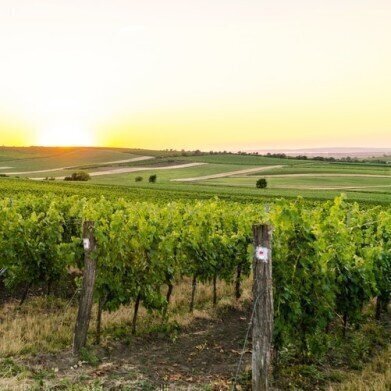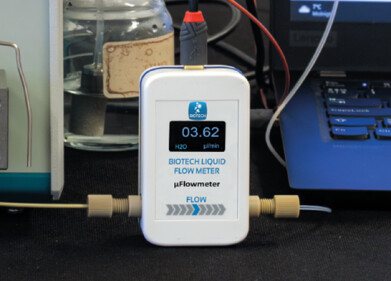HPLC, UHPLC
Climate and Wine - Chromatography Investigates
Mar 11 2019
Wine is one of the most marketed and sold drinks in the world. Archaeologists have found pottery that contained wine and dated it to over 8000 years ago. Wine has long played a role in life on Earth. Wine comes from grapes, a fruit crop all over the world. But some grapes grow better in under certain conditions - or more precisely, in certain climates. And even which direction the grapevines face can have an effect on the wine they produce.
Genetically making the perfect grape
To get the best wines, grapes have to be grown in the right climate - and that will have been decided during their evolution. Humans transported grapes as they travelled and settled around the globe, with grapes evolving genetically as different varieties were mixed together. Some of the varieties created would have grown well in the new location - others will have failed. We now have several thousand different grape species - and they will all have one spot where they grow best.
The mixing of varieties as grapes travelled around the globe allowed them to develop genetics that means they can grow preferably in a location that has certain attributes or microclimate. Where you grow your grapes and the climate they grow in determines what type of wine they produce. This is because these traits that the grapes have developed determine how the grape makes wine.
Terroir helps the ripening
The traits that make the grapes grow best under certain environmental conditions developed for one reason - to allow the grape to get ripe. When grapes are ripe, animals want to eat grapes. After they have been eaten and digested, the animal excretes the grape’s seed in its poo. And so, the grape has fulfilled its role - spreading it seed far and wide.
Sun, latitude, altitude and even the direction of the slope that the grape is grown on affects the skin and flesh of the grape, and thus affects the wine made from it. Research has shown that terroir has a major impact on the taste of wine. Terroir is simply the combination of climate, soil and terrain - and for certain wines, tradition - that affect the grapes and consequently the flavour of any wine produced from them.
Chromatography measures the flavonoids and non-flavonoids
One of the main flavouring groups affected by terroir are the phenolic compounds in grapes and wine - even a simple thing as whether a grape is grown on a north eastern slope or north western slope has been shown to affect the phenolic compounds found in grapes. The principle phenolic compounds found in wine are the non-flavonoid and the flavonoid phenolics. Chromatography is used to determine the differences due to terroir. The following article describes how set-up can affect a chromatography run, The Role of Methanol and Acetonitrile as Organic Modifiers in Reversed-phase Liquid Chromatography.
Digital Edition
Chromatography Today - Buyers' Guide 2022
October 2023
In This Edition Modern & Practical Applications - Accelerating ADC Development with Mass Spectrometry - Implementing High-Resolution Ion Mobility into Peptide Mapping Workflows Chromatogr...
View all digital editions
Events
ACS National Meeting - Fall 2024
Aug 18 2024 Denver, CO, USA
Sep 04 2024 Chiba, Tokyo, Japan
Sep 04 2024 University of Warwick, Coventry, UK
Sep 10 2024 Rockville, MD, USA
Plastics Recycling World Expo Europe
Sep 11 2024 Brussels, Belgium














